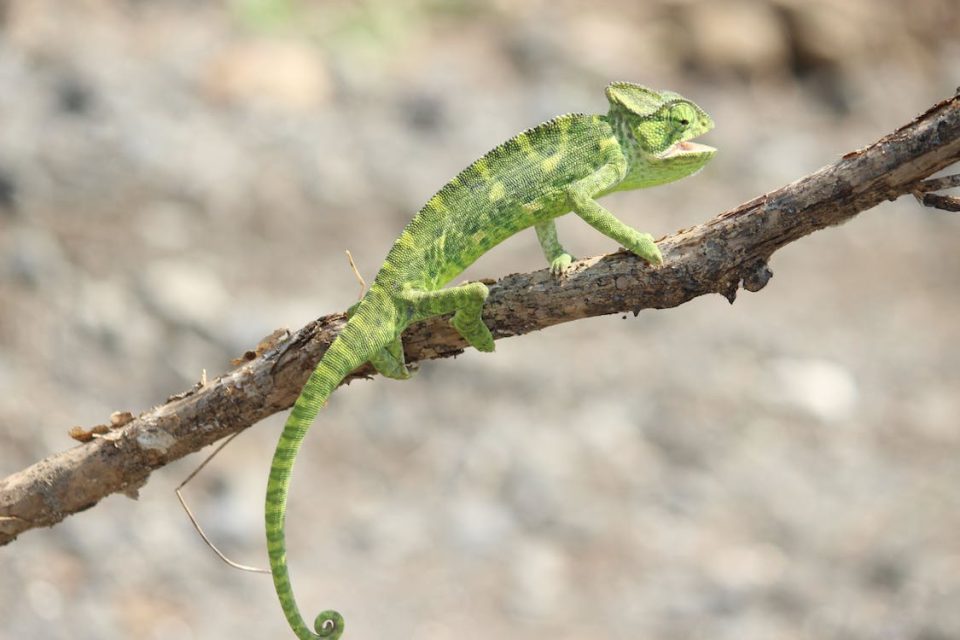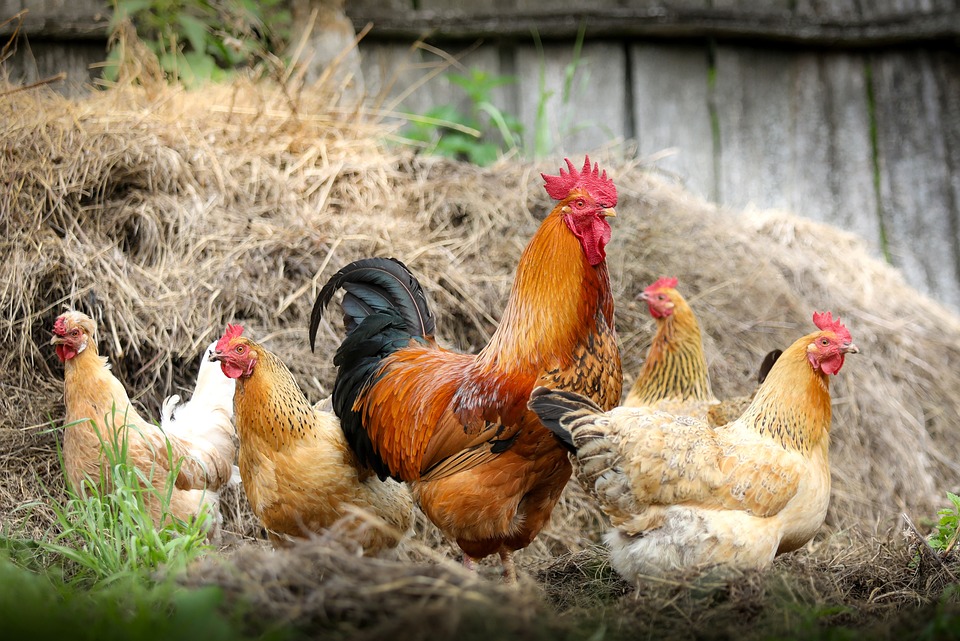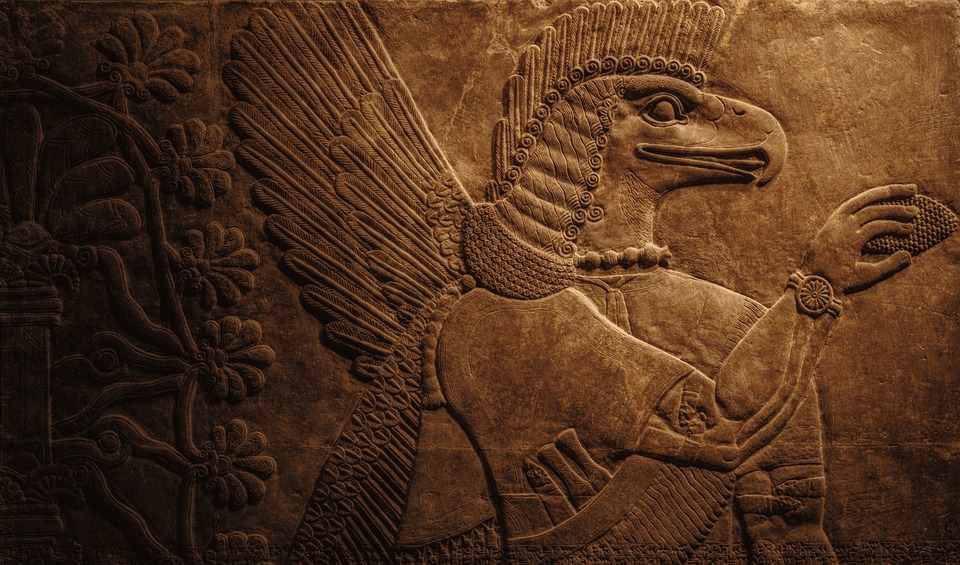
Dogs are a domesticated species of the Canidae family, and they have been bred for specific traits by humans for thousands of years. Selective breeding, also known as artificial selection, is the process of intentionally breeding animals to produce offspring with desired characteristics. Through selective breeding, humans have been able to create a vast array of dog breeds, each with unique physical and behavioral traits. This process has played a significant role in the evolution of dogs, as it has resulted in the development of new breeds and the modification of existing ones.
The evolutionary history of dogs can be traced back to their wolf ancestors, which lived in packs and hunted for food. The domestication of wolves is believed to have occurred around 15,000 years ago, when humans began to keep them as hunting companions. Over time, humans began to selectively breed wolves for specific traits, such as size, strength, and loyalty. Through this process, wolves gradually evolved into the various dog breeds we know today.
Selective breeding works by choosing dogs with desirable traits and mating them to produce offspring with those traits. This can be done through inbreeding, where closely related dogs are bred together, or outbreeding, where unrelated dogs are bred together. Inbreeding can result in the expression of recessive genes that may cause health problems or undesirable traits, while outbreeding can introduce new genetic variations that may lead to desirable traits.
One of the most significant impacts of selective breeding on dog evolution has been the creation of new breeds. Breeders have been able to selectively breed dogs for specific traits, resulting in the creation of breeds with unique physical and behavioral characteristics. For example, the Great Dane was bred for its large size, the Greyhound for its speed, and the Border Collie for its intelligence and herding ability. Each of these breeds has distinct characteristics that set them apart from other breeds and make them well-suited for particular tasks.
Selective breeding has also led to the modification of existing breeds. Over time, breeders have been able to refine and improve the traits of existing breeds through selective breeding. For example, the Labrador Retriever was originally bred as a hunting dog, but its friendly and trainable nature has made it a popular family pet. Breeders have been able to selectively breed Labradors for their friendly and affectionate nature, resulting in a breed that is well-suited for family life.
One of the most significant impacts of selective breeding on dog evolution has been the development of breed-specific health problems. Many breeds are prone to specific health issues, such as hip dysplasia in German Shepherds and Bulldogs, and eye problems in Cocker Spaniels. These health problems are often the result of selective breeding for specific traits, such as a particular body shape or size. For example, breeds with short legs and long bodies, such as Dachshunds and Basset Hounds, are prone to back problems due to their unique body shape.
In recent years, there has been a growing awareness of the health problems associated with selective breeding. Many breeders are now working to reduce the incidence of these health problems by selectively breeding for health and genetic diversity. This involves screening dogs for genetic disorders and selecting only those with healthy genes for breeding. Breeders are also encouraged to outbreed, or mate dogs that are not closely related, to increase genetic diversity and reduce the expression of recessive genes.
Selective breeding has also had a significant impact on the behavior of dogs. Many breeds have been selectively bred for specific behavioral traits, such as herding, hunting, and guarding. For example, the German Shepherd was bred for its intelligence and ability to herd, while the Doberman Pinscher was bred for its loyalty and guarding ability. These behavioral traits are often deeply ingrained in the breed and can be difficult to modify.
Behavioral traits are largely influenced by genetics, but they can also be influenced by the dog’s environment and upbringing. Proper socialization and training can help to mitigate undesirable behaviors and promote desirable ones. However, certain behaviors may be more difficult to modify due to the dog’s genetics. For example, some breeds are more prone to aggressive behavior than others, and this can be difficult to modify through training and socialization.
Selective breeding has also led to the development of breed-specific behaviors that may be problematic in certain contexts. For example, herding breeds, such as Border Collies and Australian Shepherds, have a strong instinct to herd, and this can manifest as nipping or chasing behavior towards humans and other animals. This behavior can be problematic in a household with small children or other pets. Similarly, breeds that were bred for guarding, such as Rottweilers and Pit Bulls, may be more prone to aggressive behavior towards strangers or other animals.
The impact of selective breeding on dog evolution is not without controversy. Some critics argue that selective breeding has led to the creation of breeds with significant health problems and behavioral issues. Others argue that selective breeding has played a vital role in the development of the many different dog breeds we know today and that breed-specific traits are an essential part of a dog’s identity.
Regardless of one’s stance on the issue, it is clear that selective breeding has had a significant impact on the evolution of dogs. Through this process, humans have been able to create a vast array of dog breeds, each with unique physical and behavioral traits. However, it is important to recognize that selective breeding can also have negative consequences, such as the development of breed-specific health problems and behavioral issues. Breeders must be responsible in their breeding practices and work to mitigate these negative impacts while still promoting the development of desirable breed-specific traits.







